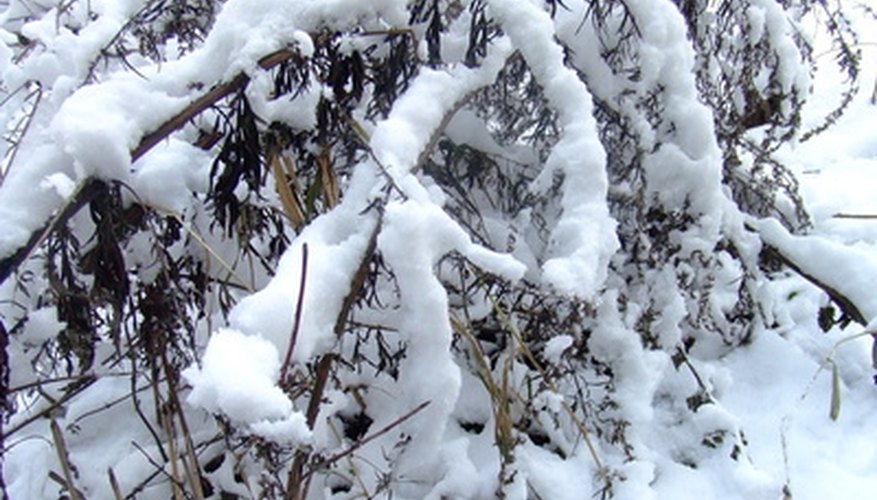Snow storms can provide a scenic backdrop to a winter holiday and create massive problems for travellers all at the same time. These storms are not without warning signs and an observant traveller or resident of a cold weather town can spot the subtle changes in the environment to get a step ahead of the weather.
Colliding Weather Fronts
Snow storms are most often formed by colliding cold and warm weather fronts. Warm air is pushed up over the heavier cold air providing the ideal conditions for precipitation. A warning sign that warm and cold fronts are colliding could be an increase in wind in the area. An increase in updraft is a warning sign of an impending snowstorm if you live in the foothills of a mountain range such as the Rocky Mountains.
- Snow storms are most often formed by colliding cold and warm weather fronts.
- An increase in updraft is a warning sign of an impending snowstorm if you live in the foothills of a mountain range such as the Rocky Mountains.
Drop in Temperature/Increased Cloud Cover
A sudden drop in cold weather often precedes a snowstorm according to the website for MD Weather. This is due to warm air being pushed over a cold front, forcing the arctic air toward the ground. When this is coupled with increasing cloud cover it is a sure sign that a snowstorm is on the way. Clouds that are visible may not be the classic dark or black clouds that are often accompanied by spring or summer storms but may instead appear pale or light grey.
- A sudden drop in cold weather often precedes a snowstorm according to the website for MD Weather.
- Clouds that are visible may not be the classic dark or black clouds that are often accompanied by spring or summer storms but may instead appear pale or light grey.
Increase in Moisture
Clouds that accompany warm fronts carry a lot more moisture than clouds associated with cold fronts. When these two fronts collide moisture is leached from the warm front and combined with ice crystals present in the cold front clouds to form the beginnings of snow. Before the snowstorm begins people may notice an increase in humidity or water vapour in the air. This might also cause changes in barometric pressure that you could feel as pain in your sinuses, mild headache or a feeling of pressure in front of your forehead according to "USA Today."
- Clouds that accompany warm fronts carry a lot more moisture than clouds associated with cold fronts.
- When these two fronts collide moisture is leached from the warm front and combined with ice crystals present in the cold front clouds to form the beginnings of snow.
